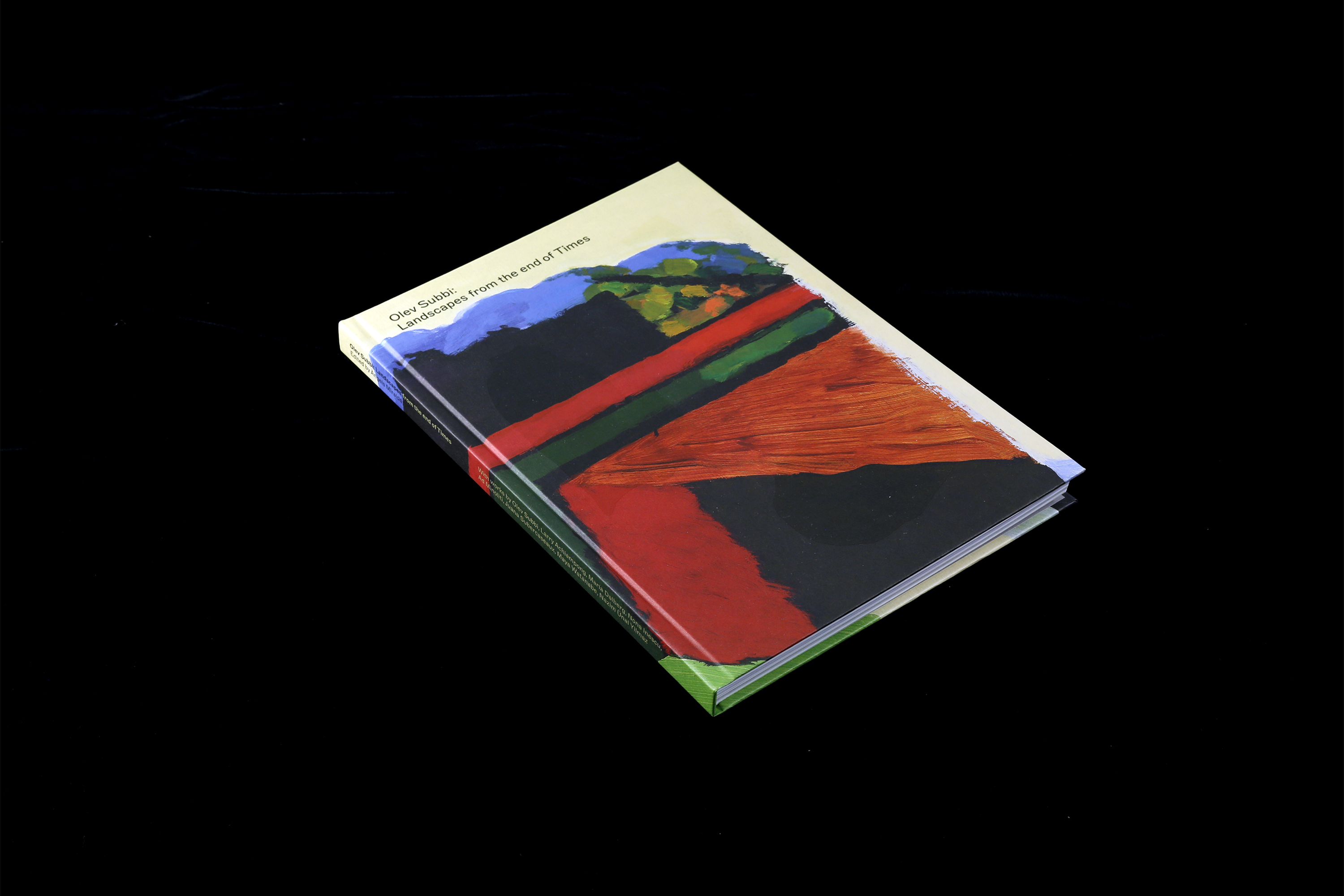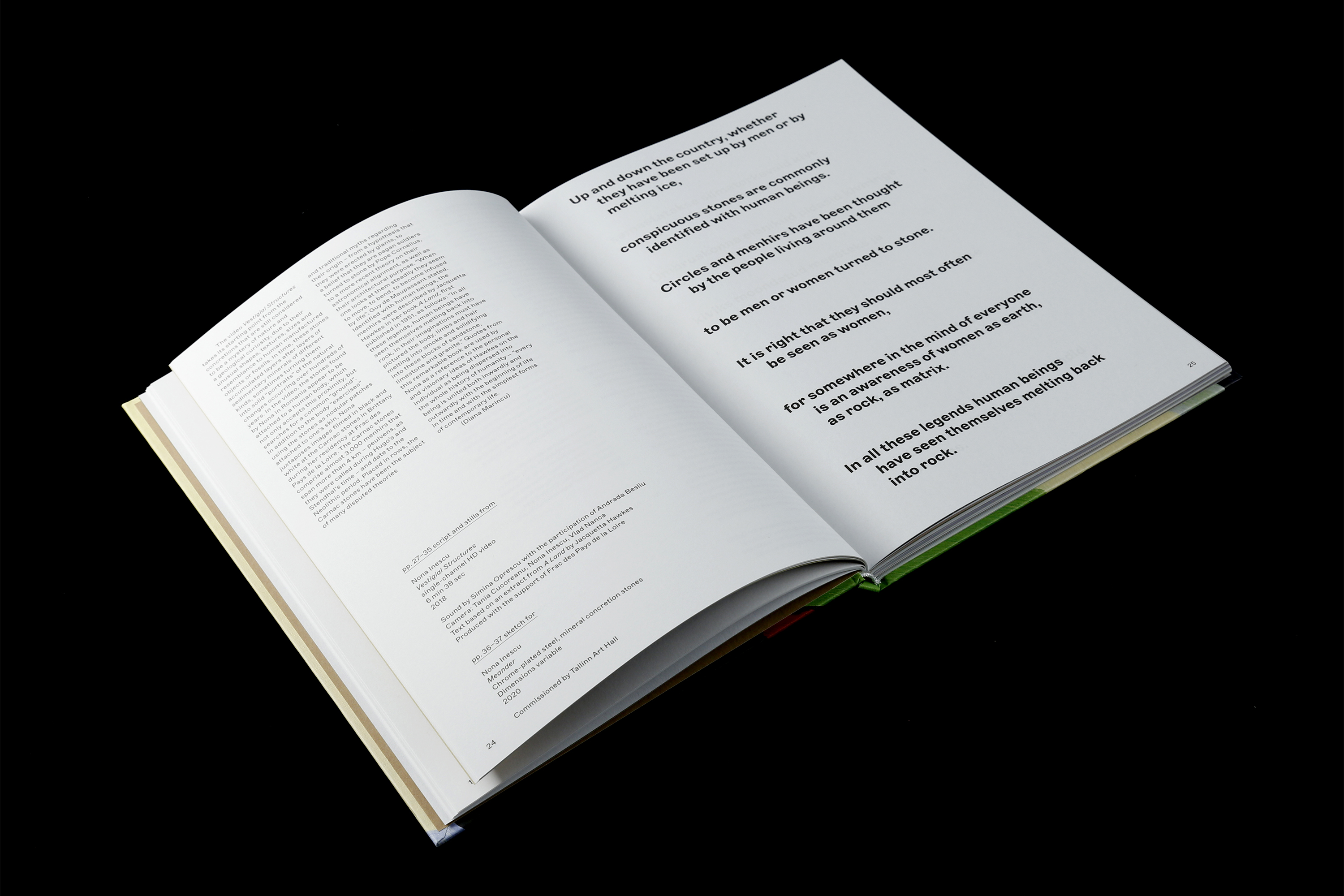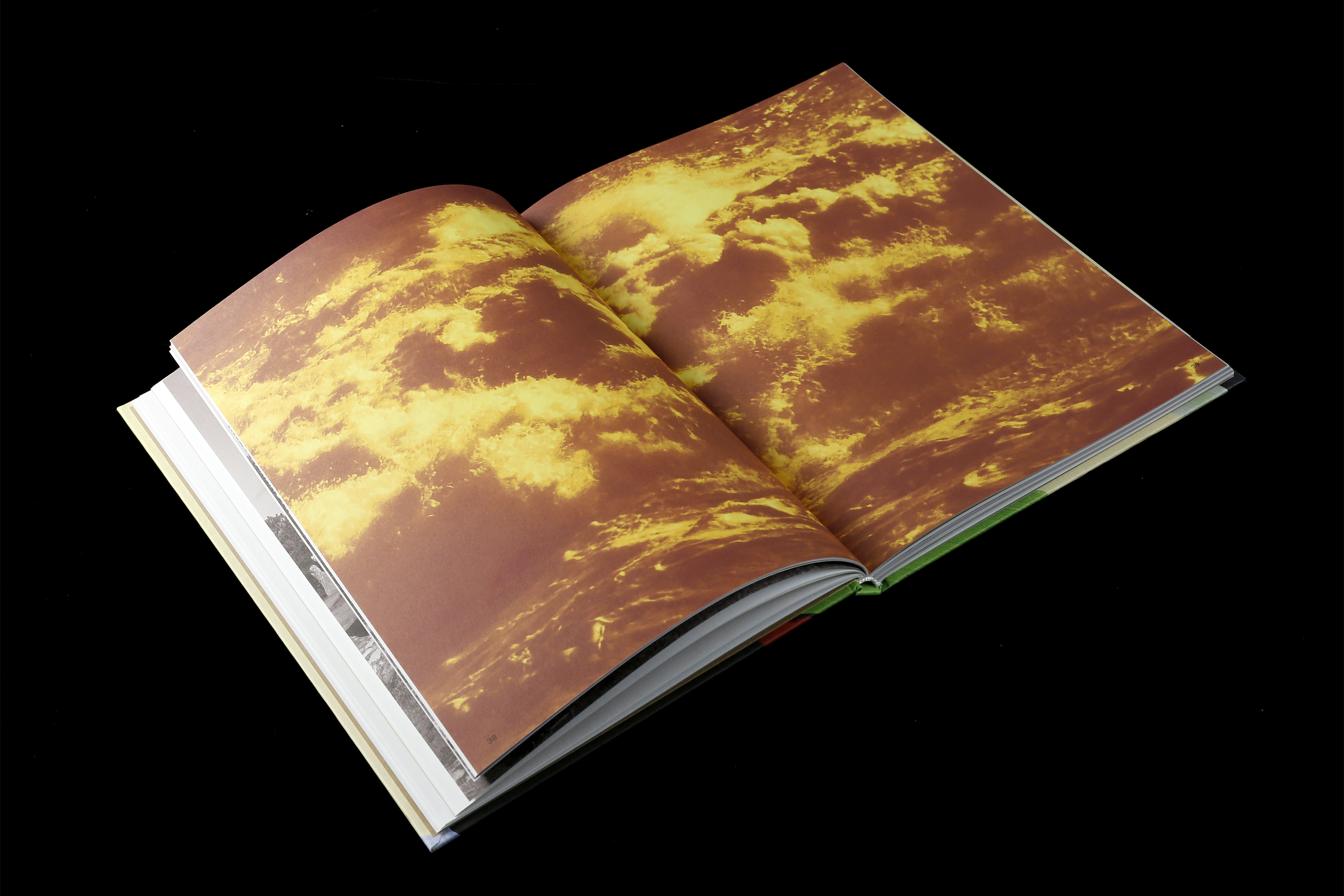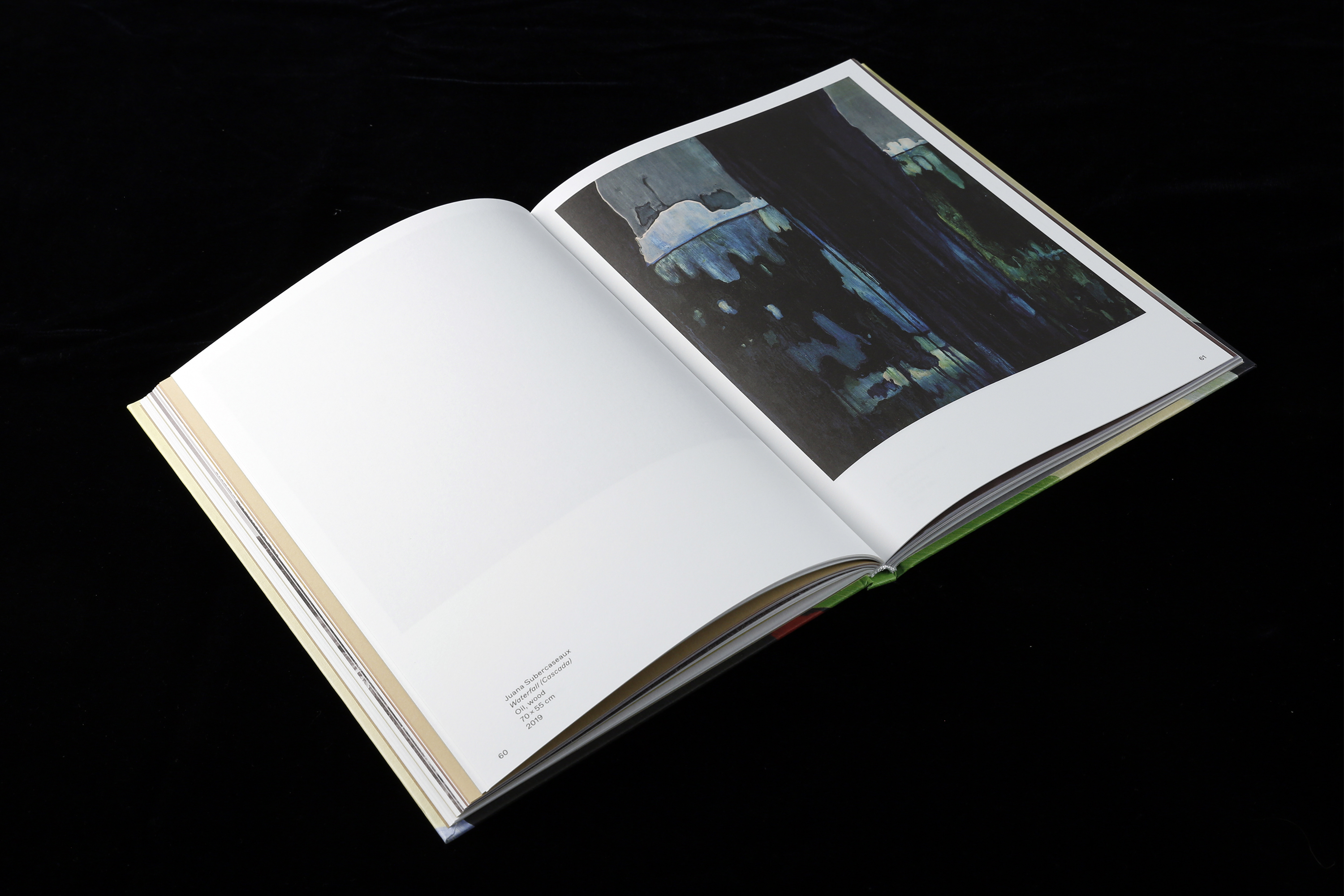












Olev Subbi: Landscapes from the End of Times
Angels Miralda (Ed.)
Works by Olev Subbi, Larry Achiampong, María Dalberg, Nona Inescu, Ad Minoliti, Juana Subercaseaux, Maya Watanabe, Nazim Ünal Yilmaz
Edited by Àngels Miralda
Texts by Jurriaan Benschop, Inga Lāce, Tamara Luuk, Àngels Miralda, Borbála Soós
200 × 280 mm
136 pp
Offset printing
Hardcover
Graphic design by Indrek Sirkel
Typefaces: Marfa (Dinamo), Adobe Garamond Pro
In Estonian / English
Printed by Tallinn Book Printers
Supported by the Cultural Endowment of Estonia, Mondriaan Foundation, Enn Kunila’s Art Collection
Published by Lugemik in cooperation with Tallinn Art Hall
ISBN 978-9949-7381-4-4 (EST) / 978-9949-7381-3-7 (ENG)
28 EUR
Edition: 400 (EST) / 400 (ENG)
2020
Olev Subbi: Landscapes from the End of Times is an exhibition anchored around the work and career of the Estonian painter Olev Subbi. This catalogue displays the works of Subbi and seven contemporary artists who make work at the crux of landscape and identity. In our times of ecological collapse, and as we work to redefine our sense of identity and belonging, this exhibition takes a step back to address national heritage, history and its connections to our current time. Estonia’s own history of social schism foregrounds a proposal for weaving abstract threads of connectivity across generations and territories. This publication serves as both a homage and a thesis on how to construct the future without forgetting our past.
Each of the seven artists act in dialogue with Olev Subbi present a specific perspective from of the present moment. From ecofeminism, queer theory, decolonial projects, to painterly expression, each work addresses a period or philosophy of Subbi’s life and career. Subbi was a man of few words but consistently expressed something he termed an “earthly logic” that weaves together ethics and our connection with the natural world to beauty, art, and expression – an idea that strikes a chord with many discourses of today. Three curators and writers have been commissioned to write critical texts on Subbi’s practice selected for their expertise in painting and ecology.
The juxtaposition between the context of today and 20th century Estonia endorses our continuous learning from radically different contexts which have formed our world. In Olev Subbi’s case, he saw Estonian society foundationally shift into the 21st century; his reflections on this changing world offer the philosophical hinge behind the exhibition: “Anything new needs something old in order to oppose it. All in all, my task is to be a spoke in the wheel of progress. The progress will gain from it.”